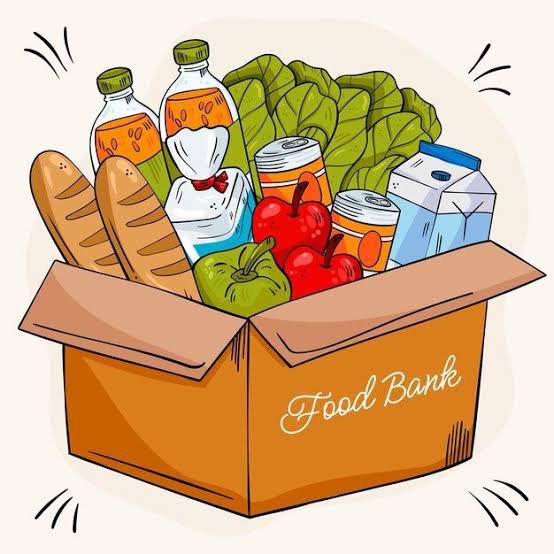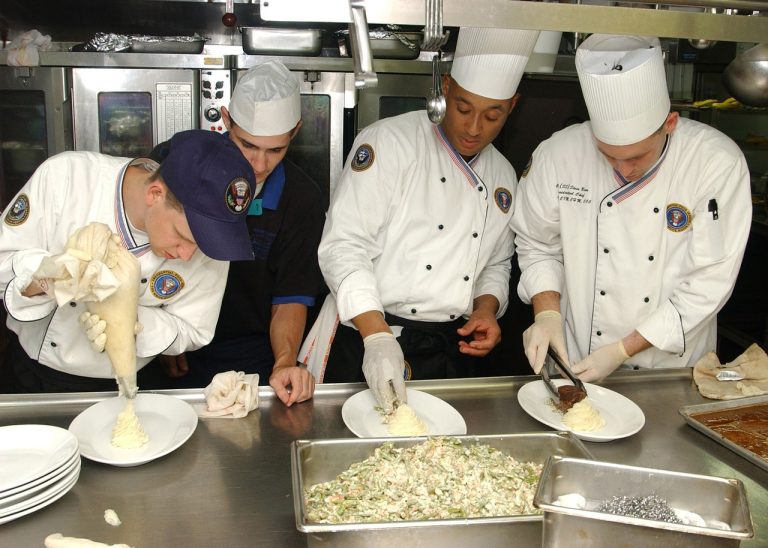How to Start a Food Bank

Food banks play a critical role in addressing the growing issue of food insecurity within communities. In this article, we’ll guide you through the process of starting a food bank, from understanding the need to the challenges you might encounter along the way.
Understanding the Need
Food insecurity is a pressing concern, affecting individuals and families from all walks of life. Food banks serve as a lifeline for those struggling to put food on the table. By starting a food bank, you can make a significant impact in your community.
Research and Planning
Before diving in, it’s crucial to research and plan your food bank project. Identify your target community, assess the demand for a food bank, and establish partnerships with local organizations that can support your cause.
Legal and Regulatory Considerations
Starting a food bank requires legal and regulatory compliance. Register your organization as a nonprofit and ensure you meet health and safety regulations to guarantee the well-being of those you serve.
Securing a Location
Find a suitable space for your food bank, considering factors like storage and distribution logistics. A central, accessible location is essential for smooth operations.
Fundraising and Financial Management
Develop effective fundraising strategies to support your food bank. Managing expenses and budgeting wisely will help ensure the sustainability of your project.
Food Sourcing
Build relationships with local grocery stores, farmers, and suppliers to secure a consistent supply of food. Explore food donations and government programs that can aid in sourcing.
Volunteer Recruitment and Training
Attract dedicated volunteers who share your passion for helping the community. Provide them with training on food handling and safety to maintain high standards.
Creating a Distribution System
Organize food drives, collection methods, and set up distribution schedules. Ensure a fair and efficient system for providing food to those in need.
Community Outreach
Promote your food bank within the community. Collaborate with local schools, churches, and community centers to expand your reach and support network.
Building an Online Presence
In today’s digital age, create a website and establish a social media presence for your food bank. Use online platforms to raise funds, communicate with supporters, and share your mission.
Food Bank Operations
Learn the ins and outs of food bank operations, from sorting and packaging donated food to ensuring a fair and equal distribution system.
Measuring Impact
Track the number of families you serve, gather feedback, and continuously seek ways to improve your services.
Challenges and Solutions
Expect challenges along the way and be prepared to overcome them. By addressing common obstacles, you can make your food bank more resilient.
Conclusion
Starting a food bank is a noble endeavor that can make a significant difference in your community. Follow these steps, and you’ll be well on your way to creating a valuable resource for those in need.
Frequently Asked Questions (FAQs)
- What’s the role of a food bank in a community? Food banks provide essential support by distributing food to individuals and families facing food insecurity.
- How can I secure funding for my food bank project? Explore various fundraising strategies, including grants, donations, and community events.
- Can anyone volunteer at a food bank? Most food banks welcome volunteers of all ages. Check with your local food bank for their specific requirements.
- What types of food donations are most helpful for food banks? Non-perishable items such as canned goods, rice, pasta, and baby formula are typically in high demand.
- How can I measure the impact of my food bank’s work? Keep records of the number of families served and gather feedback from those you help to evaluate your impact.
Starting a food bank is a meaningful way to give back to your community, and with dedication and the right resources, you can make a positive difference in the lives of those in need.






